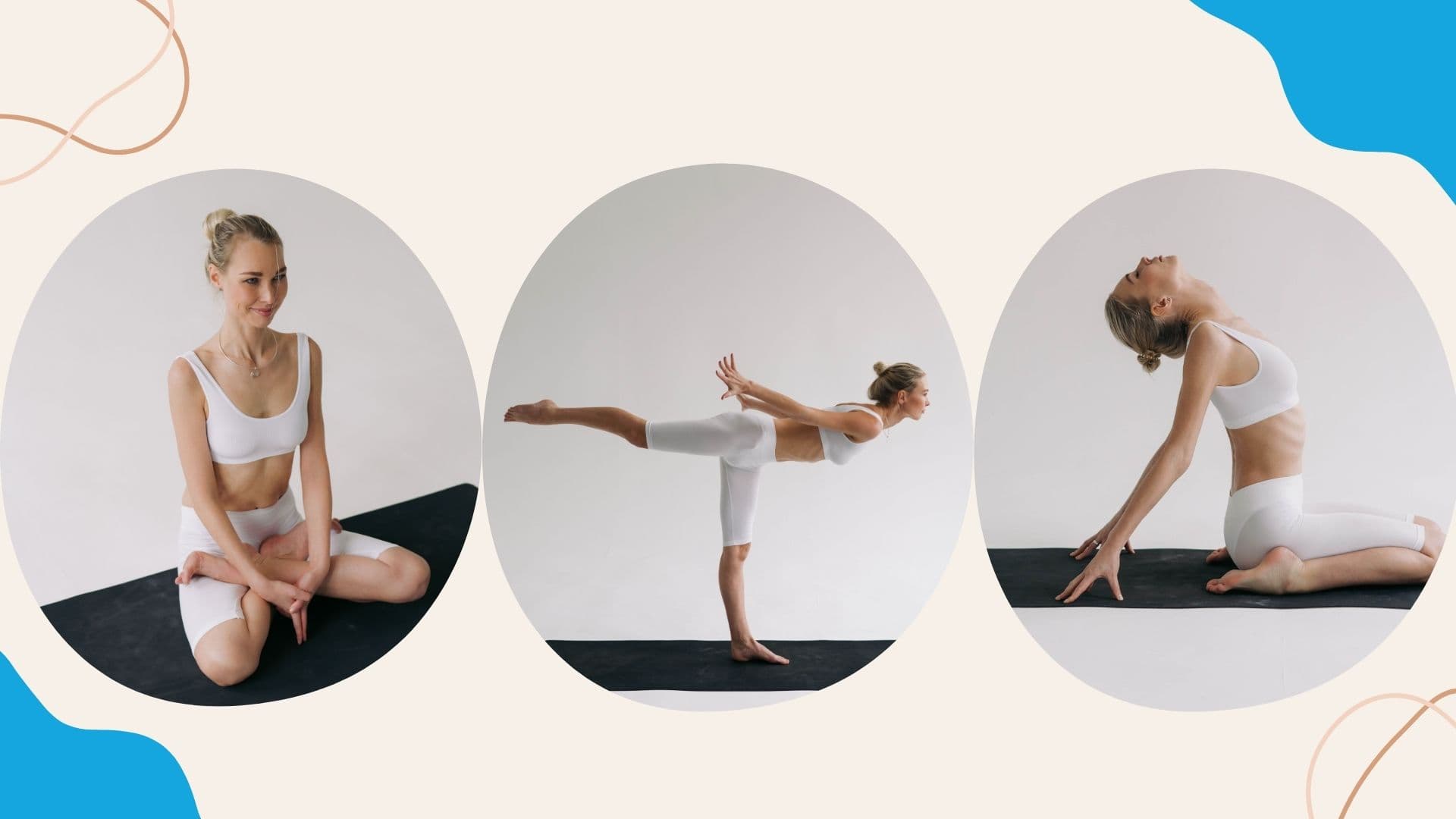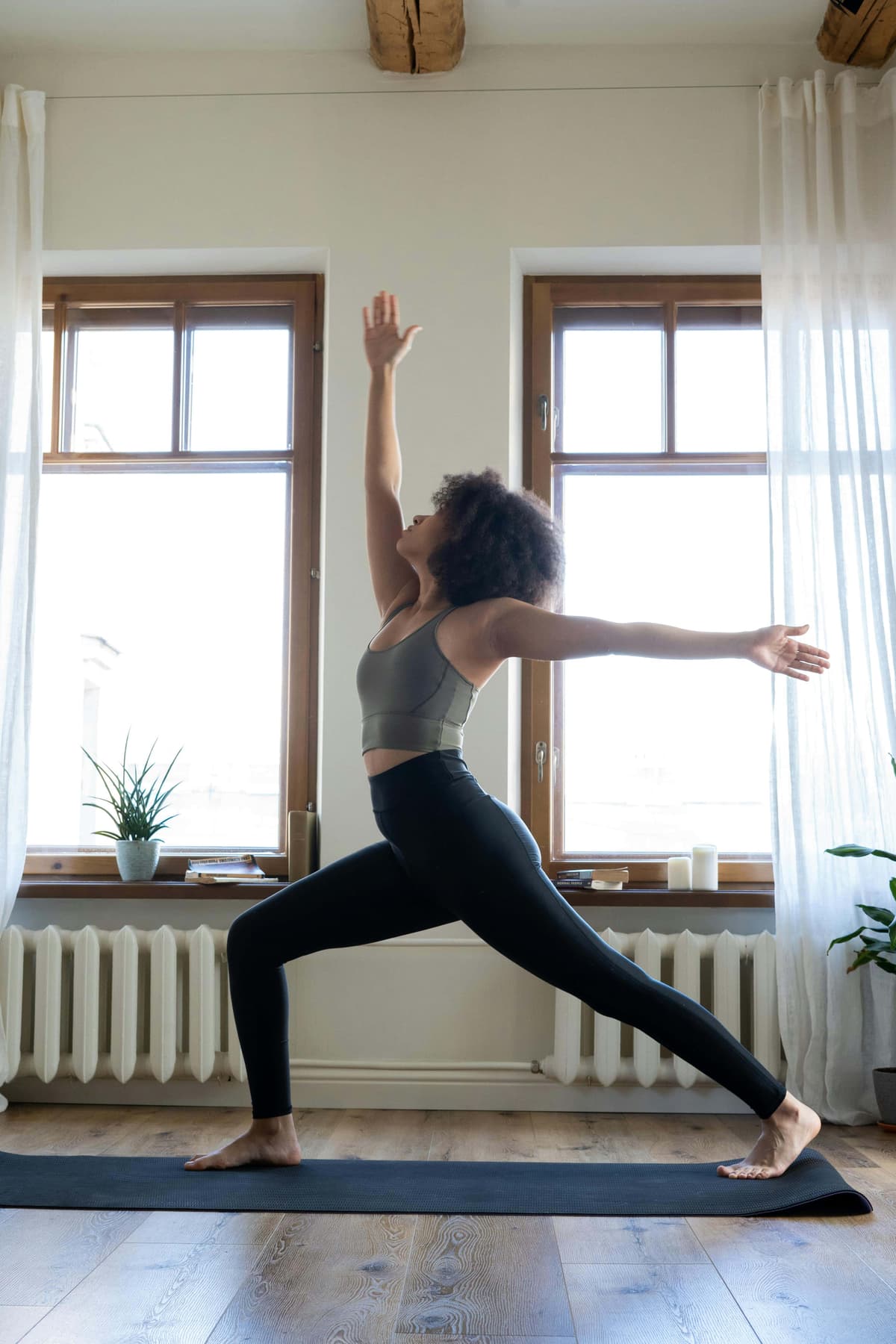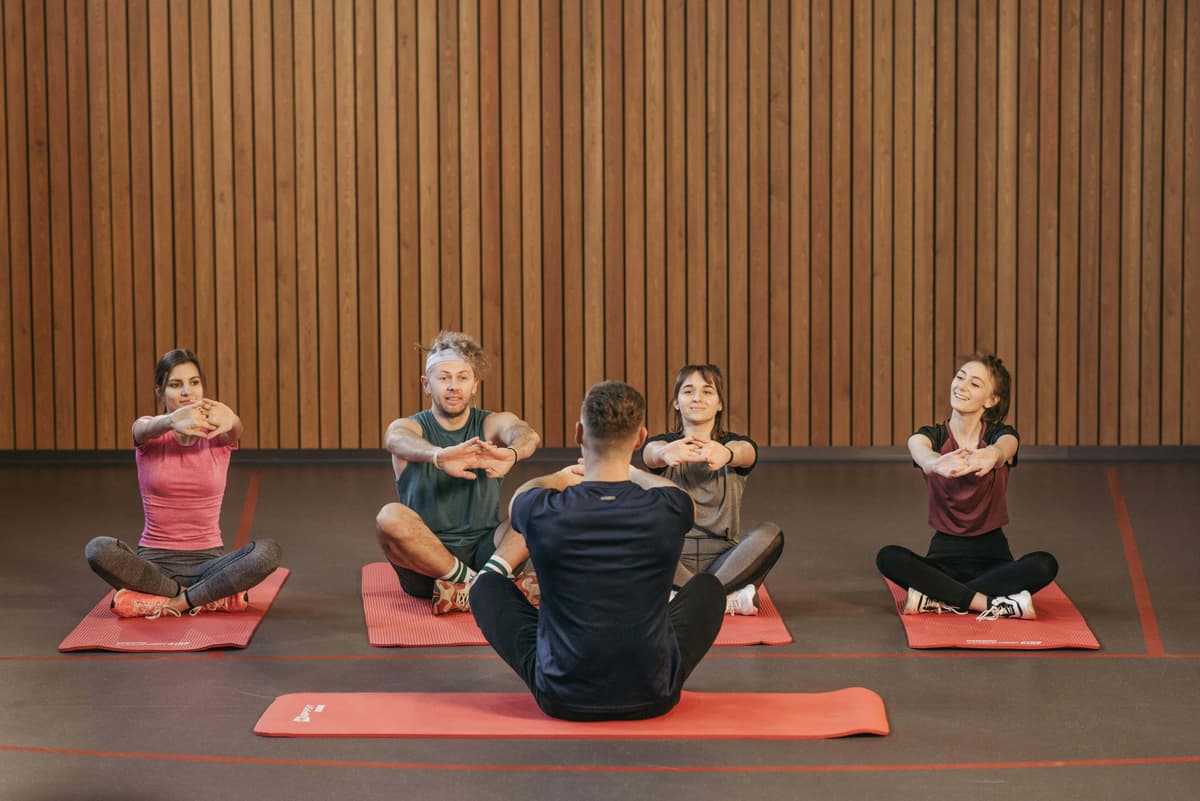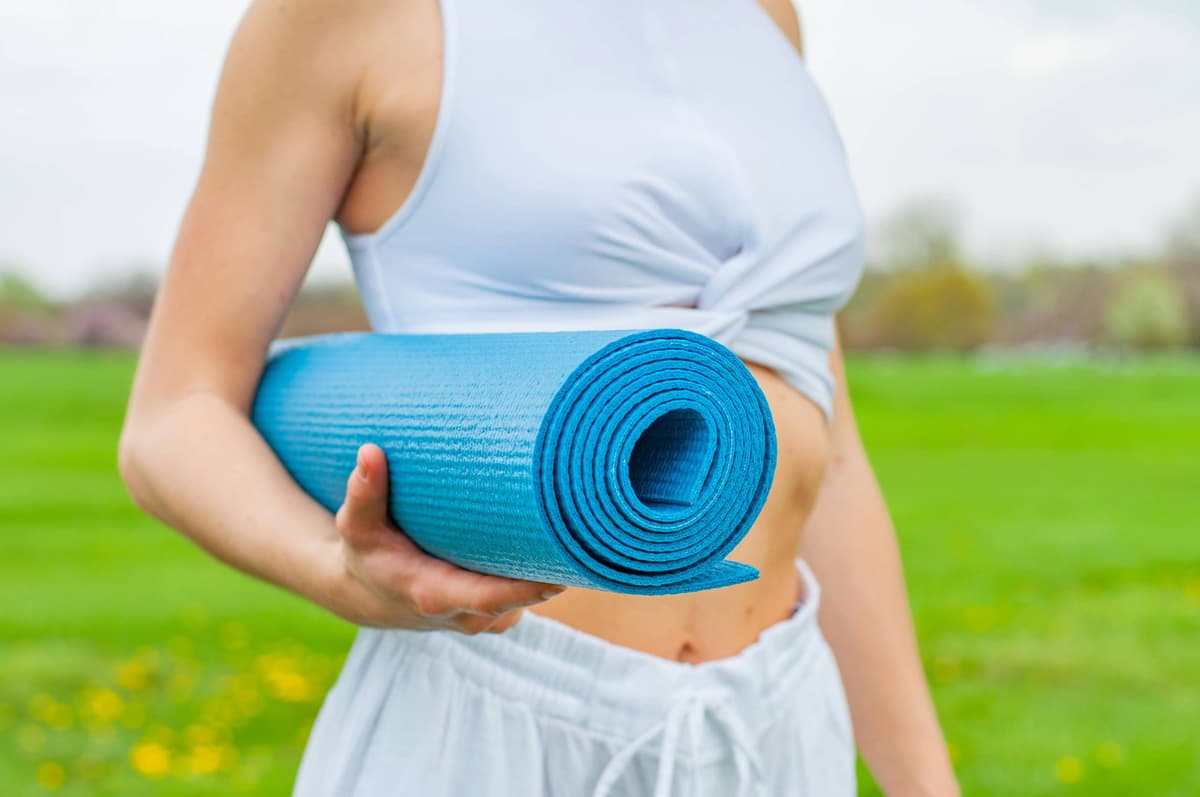
Hot yoga is an intense type of yoga that is performed inside a heated room. The temperature inside the heated room ranges from 90 to 105 degrees Fahrenheit (32 to 40 degrees Celsius) with a humidity level of about 40% to 60% to help with flexibility and relaxation. The purpose of the heated rooms is to mimic the warm climate of India, which is also where yoga originated. Read on to learn more about hot yoga!
Some may confuse hot yoga with Bikram yoga and use both terms interchangeably, but both are separate entities and have some differences.
Bikram yoga is a popular style of hot yoga that follows a sequence of 26 poses and two breathing exercises which are typically performed within 90 minutes. The sequence targets the entire body, promoting sustainability, flexibility, strength, and balance.
Bikram yoga isn’t the only type of yoga practiced, there are various other styles such as:
These yoga styles are performed at different heat levels and there are several more that incorporate different elements and variations of yoga traditions.

Hot yoga was developed and popularized alongside Bikram yoga, a counterpart. Bikram yoga was formed and named after its developer, Bikram Choudhury, who pieced together 26 various existing poses and implemented them into a 90-minute series.
In the early 1970s, he taught his style of yoga in the U.S. and introduced the concept of performing yoga in a heated room. His style of yoga spread quickly and gained popularity which resulted in him opening several yoga studios worldwide.
Hot yoga continued to grow and gain popularity which resulted in different variations of heated yoga classes. Yoga instructors and practitioners developed their styles and sequences of Hot yoga which drew inspiration from the Bikram method.
Hot yoga remains popular and is a widely practiced form of yoga. This performance continues to diversify and evolve.

People perform hot yoga due to its intense physical and mental health benefits. Here are a few benefits:
See below to see how heart rate changes in a hot yoga environment over time:
Time x Heart Rate | Basic Yoga | Hot Yoga | Difference in Heart Rate |
|---|---|---|---|
15 minutes | 109 | 110 | 1 |
30 minutes | 107 | 112 | 5 |
60 minutes | 87 | 75 | -8 |
While hot yoga provides various health benefits, it’s important to make note of potential safety concerns.
Heat Exhaustion: Performing hot yoga and other fitness routines in high-temperature environments such as a hot yoga studio can cause an increase in potential heat exhaustion and heat stroke. Common symptoms of these heat-related illnesses include dizziness, weakness, nausea, high body temperature, and rapid heartbeat which require immediate medical attention.
Dehydration: Performing hot yoga in a warm environment with high humidity levels results in excessive sweating, which can result in symptoms such as dizziness and fatigue if the person does not drink sufficient water before, during, and after a yoga session.
Overexertion: Engaging in an excessive amount of intense physical activity with no proper breaks or time to rest your body, especially in a heated yoga studio, can lead to overexertion. Individuals need to research and grow accustomed to their level of physical exertion before trying to push themselves excessively. Overexertion can cause various types of physical pain such as joint injuries, muscle strains, and other physical ailments.
Respiratory Concerns: Individuals with respiratory conditions may have a difficult time breathing in a humid and hot environment since it requires more effort from the person and may possibly exacerbate symptoms. The heat and humidity from the heated studio can also irritate the airways of individuals, causing discomfort and inflammation.
Individuals who are advised to not practice hot yoga include:
Before engaging in hot yoga, it’s best to consult with a medical professional if you fall under any of the listed categories to ensure safety.
Whether you’re a novice or a pro, if you’re looking for a change in your low-impact workout routine, hot yoga is an experience worth trying. Here is a list of steps that will help you begin your hot yoga journey:
Research yoga studios: Before beginning your hot yoga journey, start researching yoga studios that provide hot yoga classes in your area. Reading reviews and session information greatly helps as you will learn about the quality of instruction, class schedule, and pricing before choosing a studio.
Class type and schedule: Yoga studios offer classes at all levels, so if you’re new to yoga as a whole, it’s best to take a beginner-friendly hot yoga class.
Preparation: Make sure you have all your materials needed for the hot Yoga class and extra necessities such as water to stay hydrated.
Listen to your body: Hot yoga is physically demanding, if at any point you feel you are overworking your body, take a breather and recover by drinking water and resting before continuing again.
Hydration: It’s imperative to maintain your body fluids before, during, and after the hot yoga session as excessive sweating from the humidity will cause dehydration. Bring a sufficient amount of water to replenish your fluids to avoid nausea and/or discomfort.

Now that you know how to begin your hot yoga journey, what other materials will you need to ensure you experience a rewarding session? Here is a checklist of essential materials that can enhance your safety and experience.
These materials will keep you prepared for your sessions and help you practice hot yoga safely.
Hot yoga is a physically challenging yet rewarding practice that provides multiple health benefits. Not only does hot yoga challenge the body, but it also challenges the mind by enhancing mental focus and cultivating stronger resilience. Hot yoga also isn’t for everyone and it’s important to research and get to understand your physical limits before proceeding with this practice.